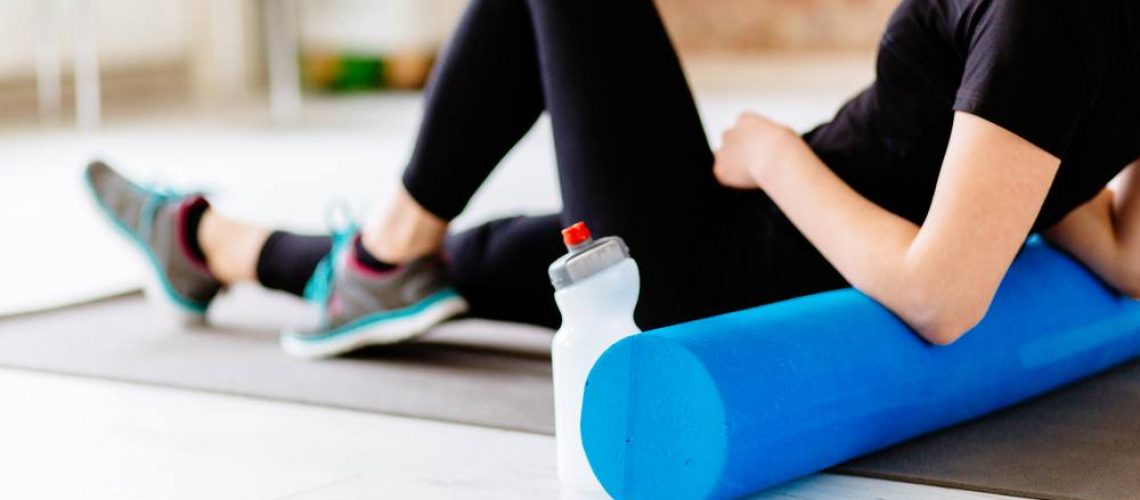
Rose Mercieca
Sports Recovery – WHY? And HOW?
Elite athletes know the importance of ensuring recovery is scheduled into their routines to ensure they allow their bodies to repair and recuperate before the next session.
______________________________________________________________________________________________________________________________________________________________________________
‘Rest and Recovery’ days are critical when it comes to sporting performance for many reasons:
- Physiological – The body needs time to adapt to the stress and changes brought on by exercise. Exercise causes fluid loss, muscular tissue breakdown and depletes energy stores. ‘Resting’ and ‘recovering’ allows your body gives it time to repair, rebuild and strengthen. Overtraining can also lead to a greater risk of injury and decreased performance.
- Psychological – Overtraining can lead to mental depletion and increases the likelihood of depression, stress, fatigue, and loss of motivation.
________________________________________________________________________________________________________________________________________________________________________________
Short-Term and Long-Term Recovery
Short-Term Recovery (active recovery) – Occurs in the hours following exercise, includes low intensity exercise such as stretching, massage, and replenishing fluid/energy stores.
Active recovery allows for the body to optimise protein synthesis (increasing muscle size) to the muscles, remove chemicals that have built up during exercise and repair soft tissues within the body
Long-Term Recovery – Long term recovery techniques are those ritualistic routines that an athlete will do after every exercise session and competition. They often include scheduled days for recovery and rest.
________________________________________________________________________________________________________________________________________________________________________________
Influence of Recovery on Exercise Adaptations
The principle of Adaptation within exercise explains that when the human body is put under stress due to physical exercise, the body adapts to become more efficient at coping with the physical stresses.
However, the body has a limit of stress that it can withstand before injuries start to become a concern. To much exercise can result in muscular damage and injury, while doing to little exercise will lead to minimal to no improvement. Ensuring that recovery days are built into an exercise routine, the body is able to repair the muscles to allow for continued improvement.
________________________________________________________________________________________________________________________________________________________________________________
How to Recover?
Some of the more common recovery techniques utilised by athletes include hydrotherapy, active recovery, stretching, compression garments and massage.
Water Consumption – Water is an important part of recovery as when you exercise, you lose vital fluids needed for bodily functions. Drinking water helps to fill the cells to reduce their ability of protein synthesis which can lead to fatigue.
Sleep – Adequate sleep is extremely important for recovery. While sleeping, the body repairs and restores soft tissue damage caused from exercise and can increase muscle mass.
Low Intensity Exercise – There are many nutrients within the blood that aid in muscular repair and strengthening. Lack of blood flow can deplete the muscles of these nutrients which can limit growth and repair. Low intensity exercises such as walking, swimming, stretching and using equipment can ensure that muscles receive the nutrients they need by increasing blood flow.
Stretching – Stretching is one of the most well known and effective recovery techniques because it increases blood flow to the muscles that are being stretched, therefore increasing the recovery process. Stretching also improved range of motion which can aid in injury prevention, flexibility, and performance.
Massage – Massage aids to alleviate muscular tension, and therefore decrease pain. Massage also enhances the process of muscular recovery by aiding to expel toxins such as cytokines (Compound that causes inflammation) and increase mitochondria activity which helps to restore energy supplies.
Equipment – Using equipment such as foam rollers, spikey balls and trigger point balls can aid in releasing tension and removing knots from targeted muscles. There are various techniques and devices to target and manoeuvre specific muscles. Rolling and trigger pointing muscles can result in better flexibility and range of motion and decreased pain as it breaks up the tightness and knots that cause stiffness.
________________________________________________________________________________________________________________________________________________________________________________
Written by Rose Mercieca: 23/9/2020
